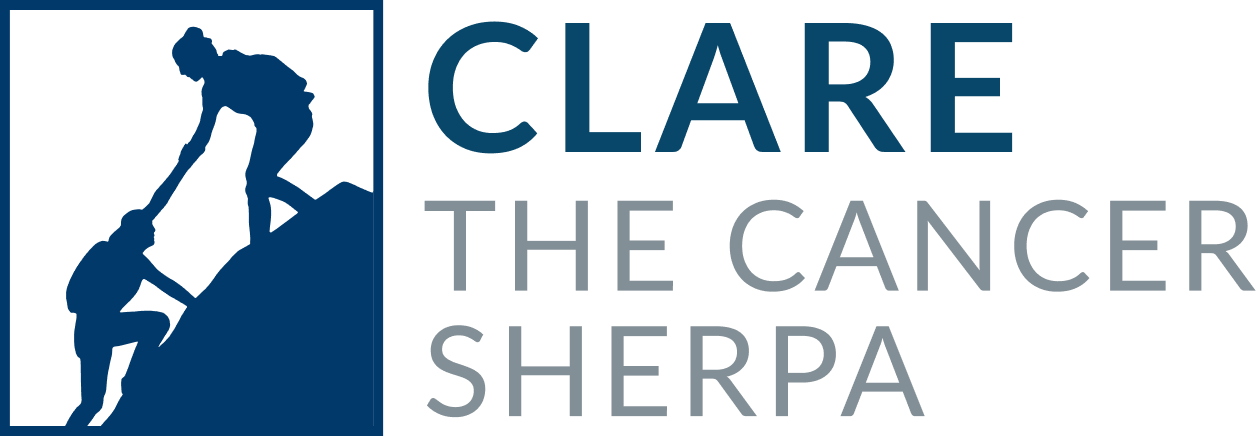On the heels of our administration declaring Monkeypox a public health emergency, we’re breaking down everything you need to know about the virus.
What is monkeypox?
- Virus
- Orthopoxvirus genus in the Poxviridae family – most similar to smallpox, which was globally eradicated in 1980, but less contagious, cases less severe and overall less fatal
- Zoonotic – the virus can be transmitted between species, including animal-to-human transmission. Animal-to-human transmission occurs predominantly in Central and West African rainforests and is occasionally exported to other regions of the world
- Name – it is called Monkeypox because the virus was first discovered in monkey colonies that were used in research in 1958. However, uncertainty remains about the natural history of the disease, and further studies are necessary to identify the exact reservoir(s) of Monkeypox and how it is circulated and maintained naturally
- Humans and monkeypox
- First human case was reported in a nine-month-old-boy in 1970 in the Democratic Republic of Congo
- Two distinct genetic clades in humans
- Central African/Congo Basin Clade, which historically has caused more severe disease and been more transmissible
- West African Clade, the genetic clade responsible for the current outbreak
- Primary mode of transmission is skin-to-skin contact
- Severe cases are more common in children and individuals with underlying immune deficiencies
- Self-limiting disease where symptoms last 2-4 weeks
- No cure currently exists, but there are licensed antivirals to treat orthopoxviruses, mainly tecovirmat
- Case fatality ratio 3-6% – the proportion of people with monkeypox who die among all individuals diagnosed with monkeypox over a specific period/outbreak
- Over 99% of people with monkeypox can expect to survive
- Could be fatal in
- Children under the age of 8 years
- Immunocompromised individuals
- Women who are pregnant or breastfeeding
- According to the CDC, the risk of contracting monkeypox is low
How do I get monkeypox?
- Human-to-human transmission
- Close/skin-to-skin contact with infected persons through
- Respiratory droplets
- Bodily fluids
- Skin lesions
- Close/skin-to-skin contact with infected persons through
- Contaminated materials
- Eating utensils
- Cups
- Bedding
- Towels
- Clothing
- Other hard and soft surfaces where bodily fluids and puss from skin lesions can be found
- NOT considered a sexually transmitted disease
- Researchers globally are still trying to determine if monkeypox can be found in semen, vaginal fluids and/or feces
- Due to this uncertainty, the CDC and WHO recommend
- Full disclosure of monkey exposure or disease status to a sexual partner
- Use of physical protection, specifically condoms
- For pregnant carriers about to give birth:
- C-section recommended to mitigate risk of transmission to the newborn
- Preterm delivery, loss of pregnancy, and stillbirth have been reported
How do I know if I have monkeypox?
- Signs and symptoms
- Incubation period (period from infection to onset of symptoms)
- Usually, 6-13 days
- Can range from 5-21 days
- No symptoms
- Infection divided into two periods
- Invasion period – 0-5 days
- Fever
- Intense headache
- Swelling of lymph nodes
- Back pain
- Muscle aches
- Severe lack of energy
- NOTE: Swelling of lymph nodes is a distinctive feature of monkeypox compared to other diseases, such as chickenpox and measles) that present similarly
- Invasion period – 0-5 days
- Skin eruption period – begins within 1-3 days upon onset of fever
- Rash concentrated on
- Face
- Palms of hands
- Soles of the feet
- Oral mucous membranes
- Genitalia
- Conjunctivae – mucous membrane that covers the front of the eye and lines the inside of the eyelid
- Cornea
- Rash evolves sequentially
- Macules – lesions with a flat base
- Papules – slightly raised firm lesions
- Vesicles – lesions filled the clear fluid
- Pustules – lesions filled with yellowish fluid
- Crusts, dries, and falls off
- Rash concentrated on
- Incubation period (period from infection to onset of symptoms)
- Complications to watch for
- Secondary infections
- Bronchopneumonia
- Sepsis
- Encephalitis
- Infection of the cornea resulting in loss of vision
- Clinical confirmation of Monkeypox requires a PCR test and may not be readily available in endemic or outbreak regions
- NOTE: The extent to which asymptomatic infection occurs is still unknown
How do I protect myself against monkeypox?
- Stay up-to-date on the level of outbreak in your area using the CDC’s 2022 U.S. Map & Case Count
- Avoid skin-to-skin contact with a person who has a rash that looks like monkeypox
- Do not touch closed, open, or scabbed lesions
- Do not kiss, hug, cuddle, or have sex with that individual
- Avoid contact with objects and materials that a person with monkeypox has used
- Eating utensils
- Cups
- Bedding
- Towels
- Clothing
- When in a crowded place where skin-to-skin contact may occur
- Cover arms, legs, and feet
- Maintain social distance to
- Avoid skin-to-skin contact
- Avoid continued contact with respiratory droplets
- Ask sexual partners if they have been exposed/carry the virus
- Wash hands with soap and water or alcohol-based hand sanitizer regularly, and especially before
- Eating and drinking
- Touching face after using the restroom
What do I do if I get exposed to or suspect I have monkeypox?
- Isolate to prevent the spread of the virus
- Contact healthcare provider to determine
- If PCR testing is necessary
- What can be done to mitigate the severity of symptoms
- Vaccination or treatment for virus or secondary infection is necessary
- How to care for lesions and isolate from household if necessary
- Maintain proper nutritional status by
- Drinking lots of fluids
- Eating to maintain weight and energy
- Don’t scratch lesions as it can cause them to spread to other parts of the body
Should I get vaccinated for monkeypox?
- Vaccines
- Two vaccines are currently available for the prevention of monkeypox
- JYNNEOS
- ACAM2000
- JYNNEOS (Imvamune, Imvanex)
- 2-dose vaccine
- FDA approved for the prevention of monkeypox
- Limited supply in the U.S., but supply with ramp up in the coming weeks
- Immune response takes 14 days from administration of the second dose
- ACAM2000
- Single-dose vaccine
- FDA approved for prevention of smallpox and made available for use against monkeypox under Expanded Access Investigational New Drug Application
- Prescription necessary and not available to the general public
- Primarily administered to healthcare workers and researchers
- Larger supply in the U.S., but should not be administered to individuals who have/are
- Weakened immune system
- Eczema or other exfoliative skin conditions
- Pregnant
- Immune response takes 4 weeks from administration
- No data is available on the effectiveness of either vaccine in the current outbreak
- Two vaccines are currently available for the prevention of monkeypox
- Exposed persons
- Contact your healthcare provider to determine if vaccination can prevent disease onset or mitigate symptoms of disease
- Exposed people can be vaccinated to help prevent full onset of monkeypox
- CDC recommends that the vaccine be given within
- 4 days from the date of exposure to prevent disease onset
- 4-14 days from the date of exposure to reduce symptoms of disease, if not full prevention
- >14 days from the date of exposure in some clinical situations where an exposed person may be at high risk of severe disease
- CDC recommends that the vaccine be given within
- Non-exposed persons
- Contact your healthcare provider to determine individual risk factors and the potential need for vaccination as a form of prevention
- NOTE: Vaccination given after the onset of signs or symptoms is not expected to provide benefit to an infected individual
Resources:
https://www.cdc.gov/poxvirus/monkeypox/prevention/protect-yourself.html
https://www.cdc.gov/poxvirus/monkeypox/considerations-for-monkeypox-vaccination.html


